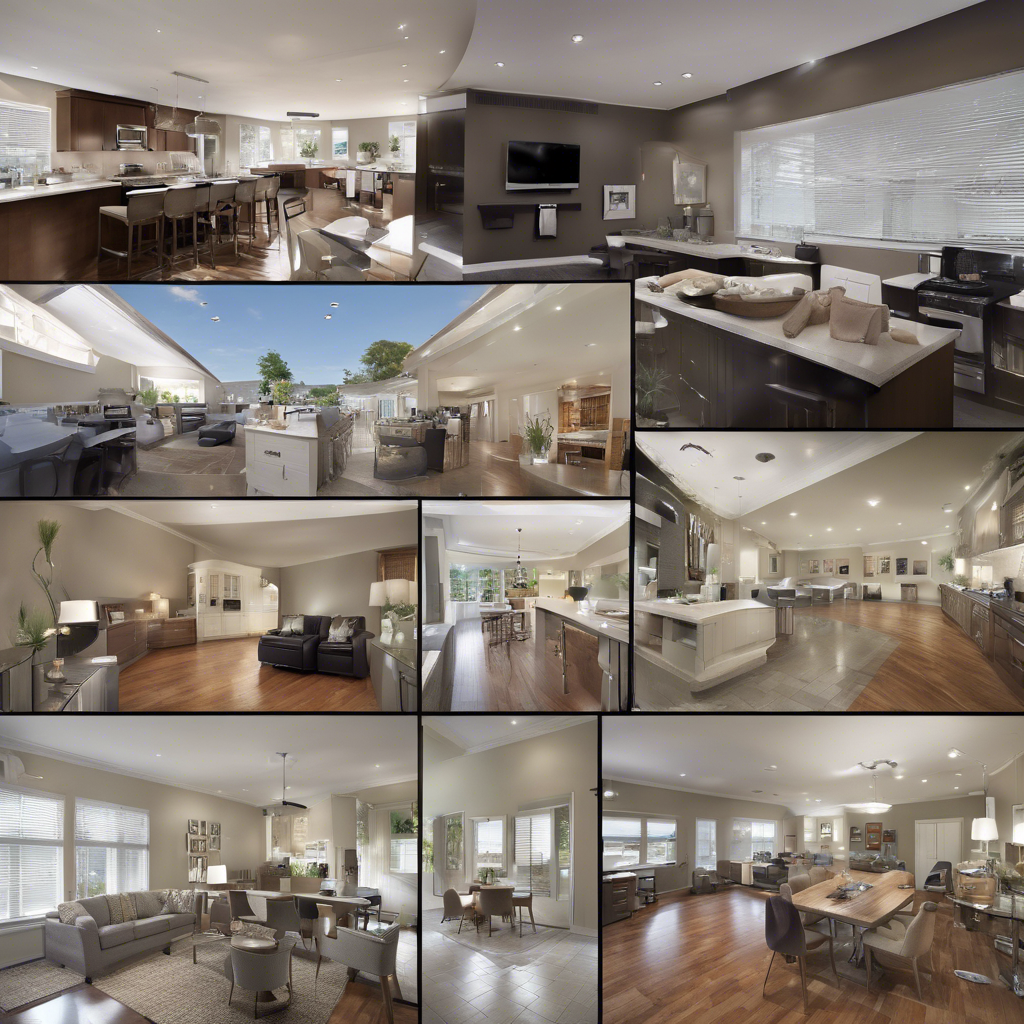What to Look for in Potential Homes for Flipping
- Rida khan
- Jul 11, 2024
- 3 min read
Flipping homes has become a popular investment strategy for many individuals looking to turn a profit in the real estate market. The idea of buying a property, renovating it, and selling it for a higher price can be both lucrative and rewarding. However, not all homes are created equal when it comes to flipping. To ensure success in your flipping endeavors, it is crucial to know what to look for in potential homes. In this guide, we will explore key factors to consider when evaluating properties for flipping.
Location, Location, Location
One of the most critical factors to consider when looking for a home to flip is the location. The old adage "location, location, location" rings true in real estate investment. A property's location can significantly impact its desirability and potential resale value. Look for homes in up-and-coming neighborhoods with strong market demand, good school districts, access to amenities, and low crime rates. Properties located near transportation hubs, shopping centers, and parks tend to attract more buyers, making them ideal for flipping.
Structural Integrity
Before purchasing a home to flip, it's essential to assess its structural integrity. A property with sound structural elements, such as a solid foundation, intact roof, and updated electrical and plumbing systems, will save you from costly repairs down the line. Hiring a professional home inspector to evaluate the property can help identify any hidden issues that may not be apparent during a visual inspection. Avoid homes with extensive water damage, foundation issues, or hazardous materials like lead paint or asbestos, as these can eat into your budget and delay the flipping process.
Cosmetic Appeal
While structural integrity is crucial, the cosmetic appeal of a home also plays a significant role in its marketability. Look for properties with good bones that can be visually enhanced through cosmetic updates. Features like fresh paint, modern fixtures, updated kitchens, and bathrooms can add value to a home and attract potential buyers. Consider the overall layout and flow of the property, as open floor plans and natural light are highly sought after by today's homebuyers.
Budget and Timeline
Having a clear budget and timeline in place is essential when flipping homes. Calculate the total acquisition cost, renovation expenses, carrying costs, and potential resale value to determine if the property is a viable investment. Set a realistic timeline for the renovation process, factoring in unforeseen delays and market fluctuations. It's vital to stick to your budget and timeline to maximize profits and minimize risks associated with flipping.
Market Trends
Stay informed about current market trends and property values in the area where you plan to flip homes. Understanding the local real estate market can help you make informed decisions about which properties to purchase and how to price them for resale. Monitor the demand for housing in the area, comparable sales data, and upcoming developments that may impact property values. Keeping abreast of market trends ensures that your flipping projects align with market demand and profitability.
Wrapping Up
Flipping homes can be a lucrative venture when approached strategically and with careful consideration. By focusing on factors such as location, structural integrity, cosmetic appeal, budget, timeline, and market trends, you can increase your chances of success in the competitive world of real estate investment. Remember to conduct thorough due diligence before purchasing a property, seek professional advice when needed, and stay flexible in your approach to adaptation to changing market conditions. With the right criteria in mind, you'll be well on your way to identifying profitable homes for flipping.

As you embark on your home flipping journey, keep these tips in mind to make informed decisions and maximize your returns. Happy flipping!




Comments